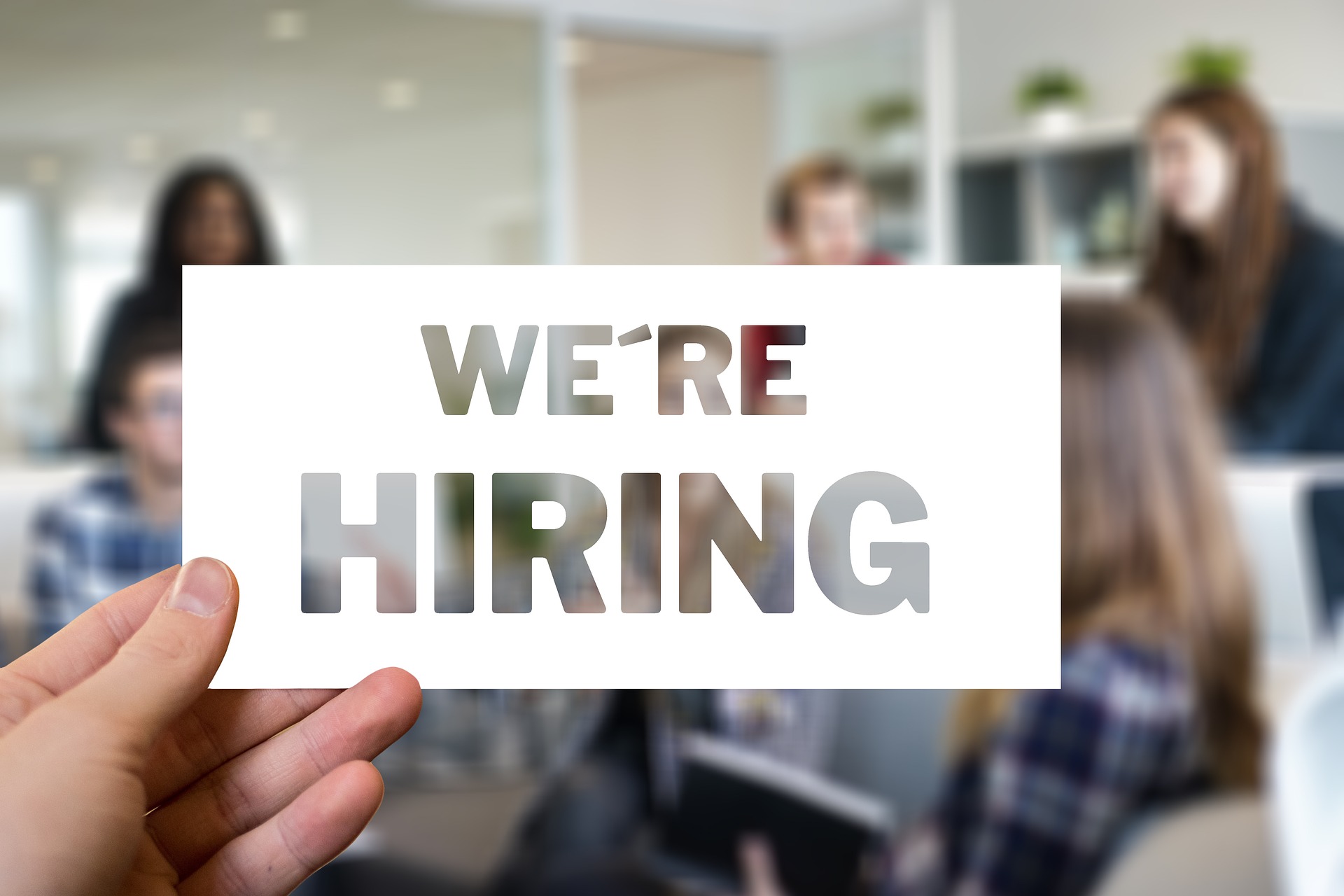HR Software Essentials: Streamline Recruitment and Office Workflows
Modern HR software transforms how organizations manage people, processes, and performance. Beyond digital record-keeping, today’s platforms combine recruitment tools, payroll and benefits administration, performance management, and analytics to reduce manual tasks and improve accuracy. For HR teams in small offices or large enterprises, adopting the right software can free time for strategic work, improve the candidate experience, and help leaders make data-driven decisions that align with long-term goals.

hr: What to expect from modern software
Contemporary HR systems centralize employee data, automate routine tasks, and support compliance. Expect features like a secure employee database, automated leave and benefits tracking, configurable workflows for approvals, and reporting dashboards that give HR teams quick insights. Good HR software also supports mobile access so staff and managers can handle requests from the office or remotely. When evaluating systems, consider whether they offer role-based access controls and audit trails to protect sensitive personnel information.
recruitment: How software improves hiring
Recruitment modules streamline job posting, candidate screening, and interview scheduling, reducing time-to-hire and administrative overhead. Applicant tracking systems (ATS) filter resumes, track communications, and maintain candidate pipelines so recruiters don’t lose promising applicants. Integration with career sites, email, and calendars cuts manual steps, while standardized interview scorecards improve fairness. Recruitment software also helps with employer branding by providing consistent communication templates and analytics that reveal where the best candidates come from.
software: Core features to look for
Look for software with a modular architecture that lets you add recruitment, onboarding, payroll, and learning management as needed. Key features include customizable workflows, reporting and analytics, single sign-on (SSO) support, and APIs or prebuilt connectors for third-party tools. Usability matters: a clean interface and mobile-friendly design reduce training time. Also evaluate vendor support, update cadence, and data export capabilities so you retain control over your HR data if you change systems later.
office: How HR software changes the workplace
In-office processes become more efficient when HR software automates routine tasks such as time-off approvals, desk or room bookings, and equipment requests. This reduces the daily administrative load for HR and managers and speeds responses for employees. Software can also support hybrid work models by tracking in-office days and coordinating office resources. When selecting a vendor, check for customer success resources and whether the company supports local services or implementation partners in your area to ease deployment and training.
technology: Integrations and data security
Integration with payroll, accounting, identity providers, and calendar systems ensures HR software fits into your broader technology stack. Prefer vendors that follow industry security standards: encrypted data at rest and in transit, regular security audits, and clear data residency policies. Role-based permissions and multi-factor authentication help prevent unauthorized access. Ensure the provider offers exportable audit logs and complies with relevant labor and privacy regulations for the regions where your employees work.
Conclusion
HR software is a strategic investment that reduces manual work, improves recruitment outcomes, and supports better workforce decisions through clearer data. Focusing on usability, security, and integrations will help ensure the platform fits your organization’s needs, whether you manage a compact office team or a distributed workforce. Thoughtful selection and implementation let HR shift from administrative firefighting to designing policies and programs that support people and business objectives.





